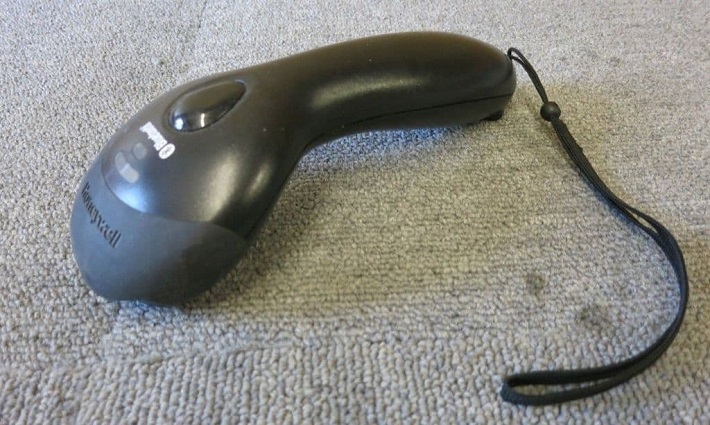Contents
We see barcode scanners everywhere. They’re used in retail to scan products at the register, in hospitals to keep track of medical supplies, and in warehouses to track inventory. These compact gadgets use lasers or LEDs to read barcodes and send the data to a computer or other device for processing.
As such, barcode scanners are an essential piece of equipment for businesses in a variety of industries. Having more than one at hand can often be useful as a backup in case one breaks down or needs to be replaced.
What Are the Different Types of Barcode Scanners?
Based on the overall design and interface, scanners can be classified into several different categories. While they all produce the same result, the way they go about it can differ greatly.
2D Barcode Scanners
These devices have a larger storage capacity than other models, and they store information both horizontally and vertically, with available storage of up to 7089 characters. Whether you buy a precise 2D barcode scanner online or at the store, you can use it to scan goods in any condition and from any angle.
The omnidirectional feature of these scanners makes them a versatile option, as they can capture barcodes that are printed on curved or uneven surfaces. The more advanced models can also read QR codes from a mobile phone screen, which is useful in situations such as ticketing and event registration.
These barcode readers give you access to complete information. Healthcare workers, for example, can benefit a lot from them, because with a single scan, they can see a clear picture of every information related to the patient. Large supply chains use them for their logistics.
It keeps track of the storage time and date, product categories and identification markers. Companies add 2D codes to their products and when you scan them with your smartphone, you get additional info about it. So you get extra insight and the manufacturer a nice marketing strategy.
In any case, a 2D barcode scanner will give you an edge in your business. It will boost efficiency and make work easier for your employees. With each new technological advancement, these devices become more versatile and easier to use.
1D Barcode Scanners

When most people hear “barcode,” they likely think of linear or 1D barcodes, which encrypt data using a series of lines and spaces of different sizes. You can find a few dozen characters in these linear barcodes and they can get physically longer if we add more data. As a result, users often restrict their barcodes to 8–15 characters.
The 1D barcode readers can scan codes horizontally, from left to right, and most commonly come in that famous gun version. They can hold around 20-25 characters, which is not a lot. You don’t have to touch the code to read it, everything between a 10-60cm range, is acceptable. The most common 1D codes are the UPC ones you’ll find in stores and consumer items.
They have to be connected to a database and every product should be linked to a code to get the right information. You can scan these codes with the classic laser scanners or you can use your camera. One downside is that they can’t read the code from any side, you have to hold them at the right angle.
If you want to buy a 1D or a 2D barcode scanner online or at the store, you’ll see that the 1D is more affordable. This is because of its limited reading abilities.
Pen Scanners

Pen code readers, or wand sticks as some call them, look like small pens. It has an LED light inside combined with a photodiode. When you pass its tip across the code, the photodiode measures the light reflection and determines the size and colour of each line.
This is digital reading and information transmitting for processing. Pen or wand barcode readers are made to be used by one person rapidly and affordably to scan shipments or other products. However, the user would need some practice to improve the scan due to the shakiness and inaccuracy of human use.
Laser Scanners
A laser barcode scanner is a little more sophisticated than the pen one since it can read light more precisely, preventing false positives and scanning errors. A laser beam is directed at a mirror within the actual device while using a laser scanner.
The movement of this mirror causes the laser to sweep across the barcode in a straight line. The amount of reflection is then measured by a diode by this light reflecting back to it and it’s read digitally as a result. Laser scanners are available as handheld devices or mounted in scanning units.
CCD Scanners
A charge-coupled device (CCD), commonly referred to as an LED scanner, is made up of a long row of hundreds of small LED lights. A sensor then monitors the voltage in front of each lightbulb instead of the reflection of the light. A digital image of the barcode is provided by this voltage measurement. Although CCD devices might be very expensive, they are extremely accurate and useful pieces of technology.



